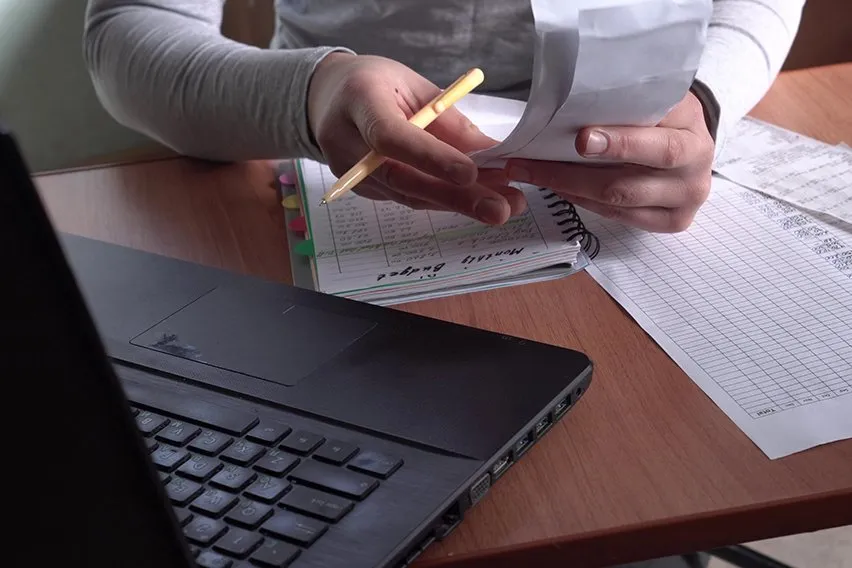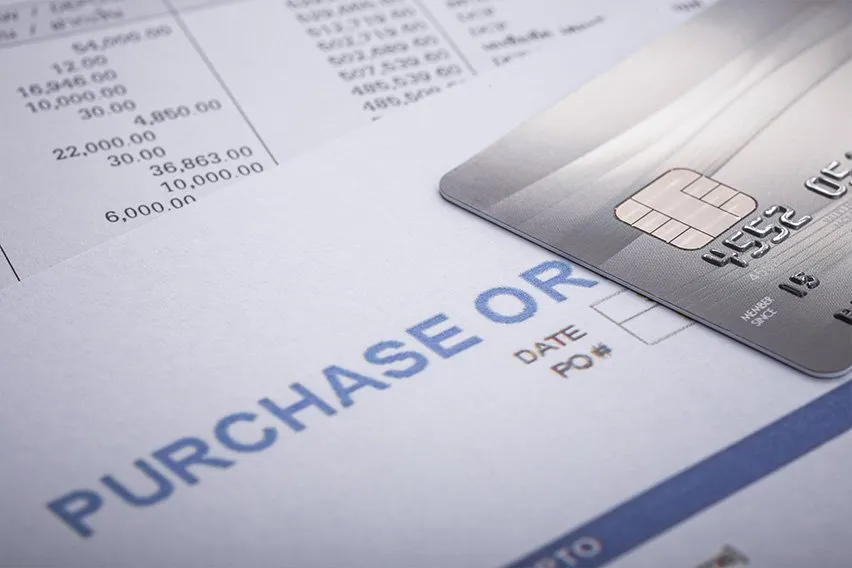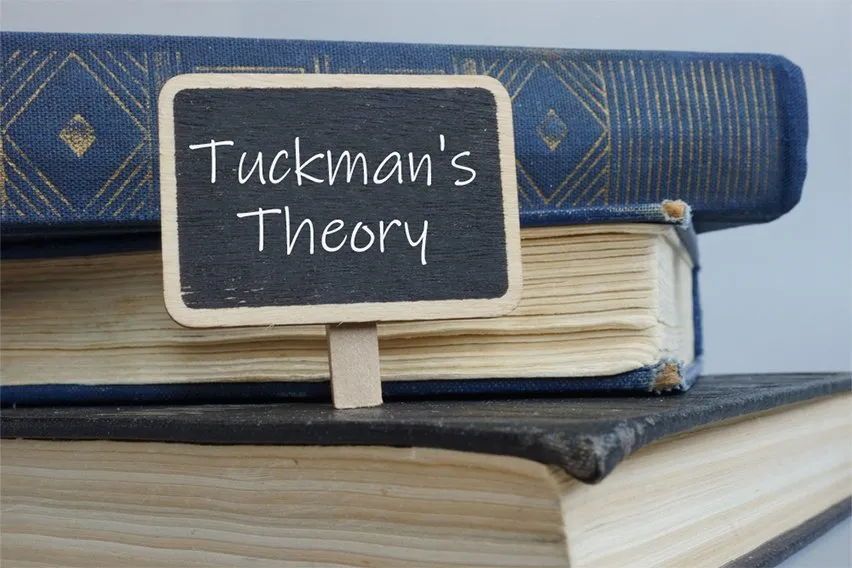6 Top Decision-Making Techniques for Business

Making decisions for a business isn’t always straightforward. Many of the business decisions that have to be made are complex and can have a lasting impact. As such, it’s important to pick the most strategic decision. As such, the decision-making process needs to be foolproof. It needs to lead to informed decisions that will have a positive effect. Thankfully, there are decision-making tools that can be employed to make the best decision possible. If you’re having to make decisions for your business, learn how to make the most of them!
Here’s What We’ll Cover:
What Is a Decision-Making Technique?
6 Top Techniques for Making Effective Decisions
What Is a Decision-Making Technique?
A decision-making technique is a decision-making process that uses a known method. The methods for decision-making techniques vary, and no two methods are exactly the same. As such, it’s important to understand the intent of different tools so that you don’t make a bad decision.

6 Top Techniques for Making Effective Decisions
If you’re ready to make your next informed decision, add some of these decision-making skills to your routine!
1. The Decision Tree
Decision trees are primarily used for making complex decisions. They help the user assess multiple outcomes before having to make a tough decision. Because business decisions aren’t always black and white, a decision tree is useful in mapping out decisions. This helps to display all of the steps, resources, and requirements that go into each outcome. The decision tree may be the most effective technique available to businesses.
2. The Cost / Benefit Analysis
The cost / benefit analysis is specifically meant for making financial decisions. It outlines the possible cost of a decision, and what the expected revenue generated would be. If costs outweigh the benefit, it means that the decision should lean away from the process. However, if more benefit is seen than cost, it’s likely a good decision to make.
3. The Heuristic Method
If your aim is to refine a product or a process, then you’ll want to use heuristic methods. This decision-making process isn’t about achieving perfect results the first time. It’s about using trial and error to perfect the subject being tested. As such, it’s important to understand that this technique requires time, as well as a product or process that doesn’t need to be perfect. A great example of this is a website. If a website was expected to be 100% perfect upon launch, it would take an exponential amount of time to create. Using trial and error would allow the website to be launched and issues to be resolved at a later date.
4. Tiered Voting
Not all decisions need to be made by a single person. In fact, having group input can often make the process much easier. Tiered voting is a way of weeding out options until the right one is chosen. A group of people votes for the option that they like. Then, the option with the least amount of votes is cast out. The new, smaller pool is voted on again. This happens until the final decision is made by way of elimination. It’s an excellent way to introduce voting to the workplace and avoids the issue of majority rules.
5. Pro and Cons List
Perhaps one of the simplest decision-making techniques, the pros and cons list is a classic for a reason. When comparing decisions, sometimes it’s easy to look at their advantages and disadvantages side by side. Doing this can help to reveal what decision is best on paper. If the two that you’re comparing are too close to call, lists can be made regarding the components of each decision.

6. Game Theory
This technique may be better known as role-playing. Groups of people can split off and take on the roles of clients or customers. Then, using hypothetical reasoning, scenarios can be played out before a decision is made. This is an excellent way to practice business skills before entering into a real environment. It helps you prepare yourself for the decision you have to make, and may lead to an outcome you don’t expect. Along with role-playing, game theory can be used to create strategies and create ideal outcomes. This all happens in the safety of a controlled environment. Less risk leads to more informed decisions.
Key Takeaways
When you’re looking to make important decisions, it’s important to think them through first. Using the appropriate decision-making technique, you can choose the right decision with less risk. Add these techniques to your arsenal of business skills for increased decision-making success! Also, if you need more information like this, be sure to check out our resource hub! We’ve got plenty of helpful guides on how to make your business the best it can be.
RELATED ARTICLES

 Top 7 Effective Team Management Techniques & Tips
Top 7 Effective Team Management Techniques & Tips Inventory Accounting: A Complete Guide
Inventory Accounting: A Complete Guide What Is a P.O. Number on an Invoice? Purchase Order Numbers Explained
What Is a P.O. Number on an Invoice? Purchase Order Numbers Explained Tuckman’s Theory: Five Stages of Team Development
Tuckman’s Theory: Five Stages of Team Development Steps on How to Transfer Money From Bank to PayPal Account
Steps on How to Transfer Money From Bank to PayPal Account How to Find Investors for Small Business: Top 5 Ways for a Startup to Get Capital
How to Find Investors for Small Business: Top 5 Ways for a Startup to Get Capital